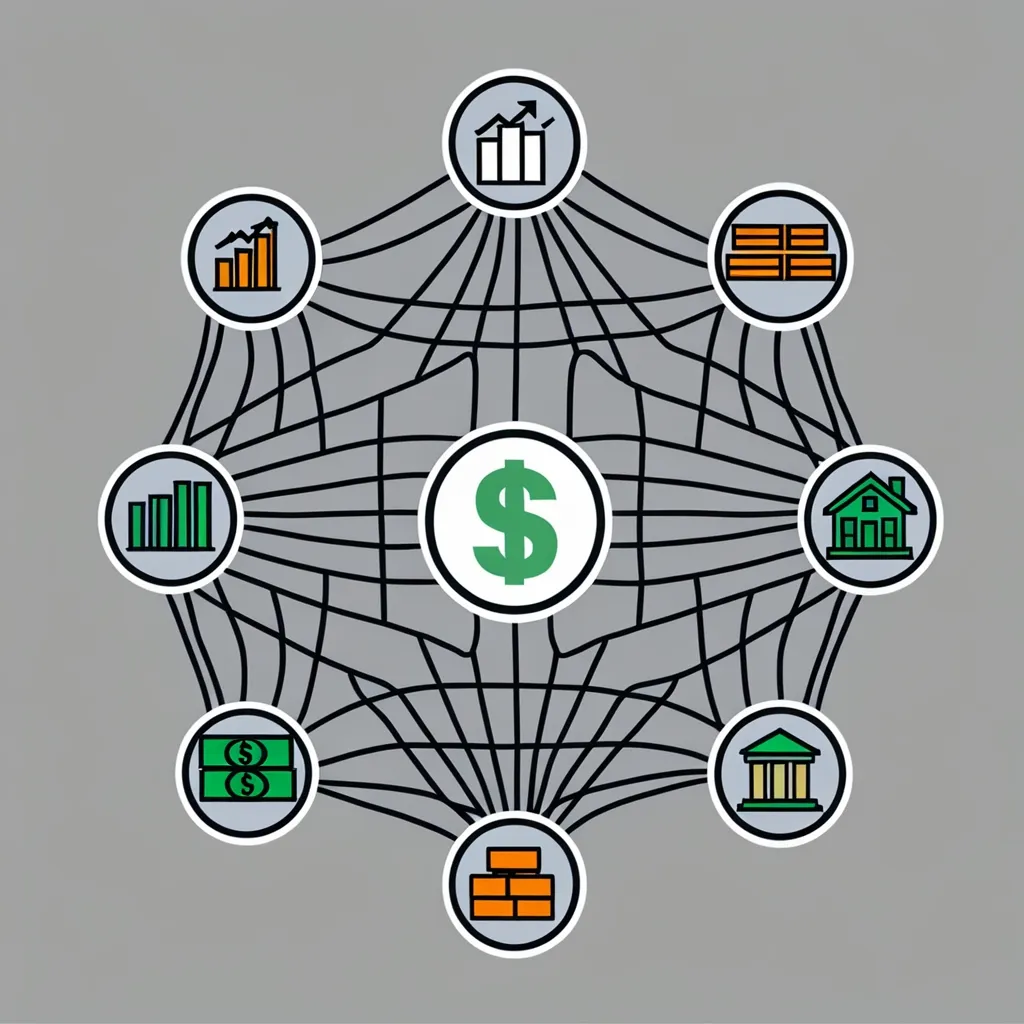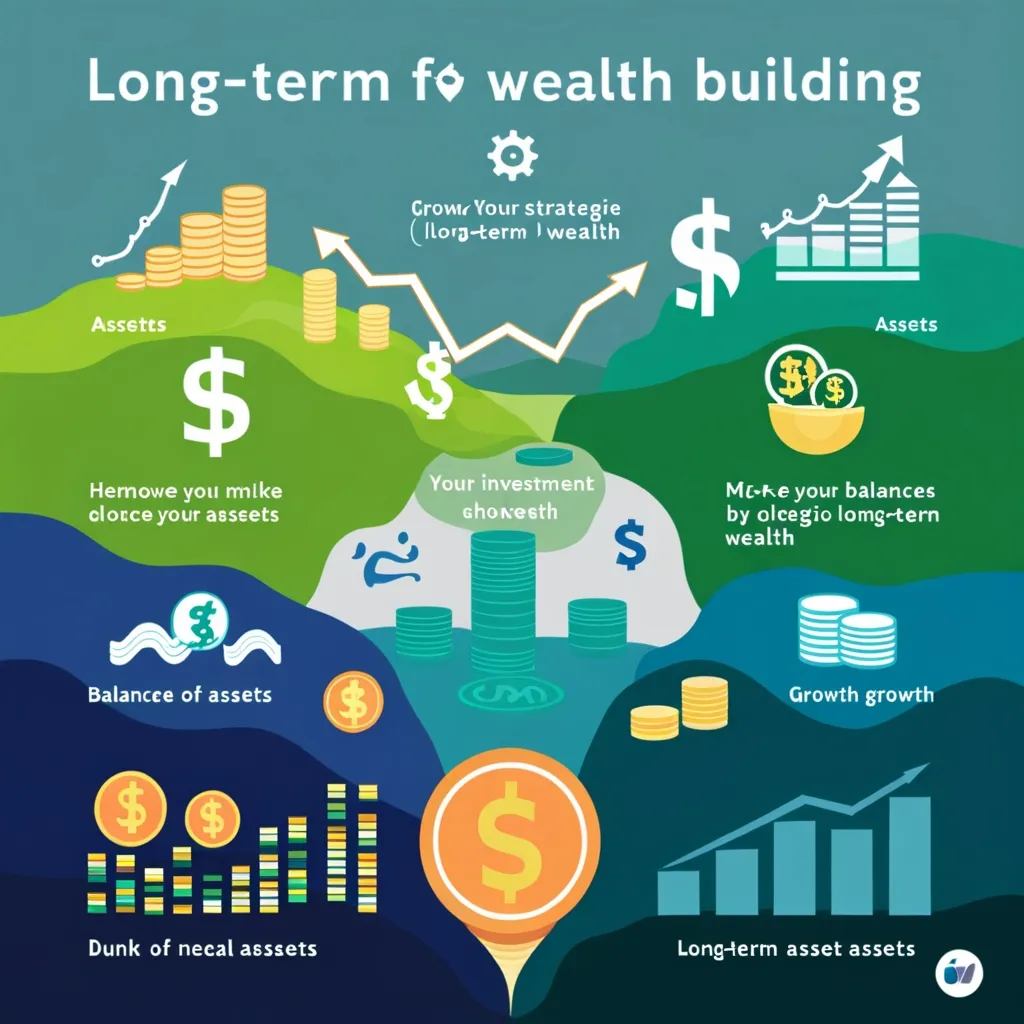Investing is more than just a way to grow your money; it’s also about shielding yourself from potential losses. Smart investors know that avoiding common mistakes is key for lasting success. Here are some big missteps to avoid and practical strategies to keep you on the right track.
Diversification: Your Safety Net
Imagine betting all your savings on a single horse at the races. If that horse loses, you’re out of luck. Investing works similarly. Putting all your money into one stock or asset can spell disaster if it crashes. That’s why diversification is crucial. Spread your investments across different classes like stocks, bonds, and cash. This way, if one investment dips, others might rise or hold steady, balancing the loss. A good mix could include tech stocks, real estate, and government bonds, ensuring that your entire portfolio doesn’t tank if one sector hits a rough patch.
Market Timing: A Bad Idea
Trying to time the market, getting in and out based on short-term fluctuations, is risky business. Even experts struggle with this. Instead of trying to outsmart the market, focus on building a portfolio that fits your long-term goals and risk tolerance. Stick with your investments, even during choppy times, and avoid making hasty decisions based on temporary market swings.
Last Year’s Winners: A Trap
It’s tempting to chase after last year’s top-performing stocks or funds, thinking they’ll work their magic again. But past performance doesn’t guarantee future results. The market is influenced by countless factors, like economic health and political stability. Instead of banking on recent successes, dig deeper into the investment’s overall track record and fundamentals.
Emotion-Driven Choices: Stay Cool
Emotions can wreak havoc on your investment strategy. Fear and greed can drive impulsive actions, which usually lead to regrets. Stick to a well-thought-out plan rather than reacting emotionally to market changes. For example, it’s normal to feel nervous when the market drops, but history generally favors those who hold steady. Learn about investing and economic cycles to boost your confidence and tune out the noise.
Lack of Research: Do Your Homework
Jumping into investments without thorough research is a big no-no. Whether considering stocks, bonds, or real estate, understanding the market and potential risks is essential. Informed decisions form the foundation of successful investing. Dive into the business model of companies and grasp the market conditions to make smarter choices.
Chasing Performance: Fundamentals Matter
Following last year’s winners or going along with the crowd can be risky. Focus on the investment’s fundamentals instead. Assess the company’s financial health, the quality of its management team, and its long-term growth potential. Avoid getting swept up in trends; stick to what you understand. This way, you’re less likely to make decisions driven by short-term gains.
Know Your Risk Tolerance
Everybody has a different appetite for risk. Ignoring yours can lead to sleepless nights when the market dips. Gauge your risk tolerance and build a portfolio that matches it. For example, if you’re conservative, you might lean more towards bonds. If you’re a risk-taker, stocks could be your go-to. When your investments align with your risk appetite, you’re better prepared to ride out volatility.
Mind the Fees
Fees and expenses can quietly erode your returns over time. Be aware of the costs tied to your investments, such as management fees and transaction costs. These hidden charges can add up, so factor them into your decisions. For instance, a mutual fund with a high management fee might not be the best option, even if it has a strong performance history.
Have a Clear Plan
Investing without a clear plan is like sailing without a destination. Set your investment goals, time horizon, and risk tolerance. A well-defined plan acts as your financial compass, providing direction through market ups and downs. If your goal is retirement, you need a long-term plan with a mix of stocks, bonds, and perhaps real estate. A clear plan helps you stay focused and avoid impulsive decisions.
Think for Yourself
Following the herd can lead you astray. Just because everyone’s investing in something doesn’t mean it’s right for you. Conduct your own research and make decisions based on your financial goals. Don’t take advice from people who don’t understand your personal financial situation. What works for someone else might not suit you, so think independently and make informed choices.
Patience: A Virtue
Investing is a long game. Markets will rise and fall, but sticking with your long-term goals is crucial. Avoid the temptation of quick gains. Expecting your portfolio to perform beyond its design is unrealistic. Keep your expectations in check, especially when it comes to timeline. If you’re investing for retirement, think in decades, not months.
Rebalancing: Stay on Course
Market changes can throw your asset allocation out of whack. Regularly rebalance your portfolio to match your risk tolerance and investment goals. This might mean selling some winners and buying underperformers to get back to your target mix. For instance, if your aim is 60% stocks and 40% bonds but market shifts have moved you to 70% stocks and 30% bonds, rebalancing realigns your portfolio.
Stay in the Know
The financial world is ever-changing, so staying informed is vital. Keep up with market trends, economic indicators, and industry news to avoid blind spots. This doesn’t mean you need a finance degree, but having a basic understanding of economic cycles and market conditions helps you make better decisions.
Avoid High-Risk Investments
For beginners, steering clear of penny stocks and over-the-counter markets is wise. These are highly speculative and often manipulated. Focus on reputable exchanges like the New York Stock Exchange and NASDAQ. Stick to quality companies with solid financials and track records. This reduces the risk of being burned by speculative bets.
Day Trading: Not for Newbies
Day trading, where you buy and sell stocks within the same day, might sound glamorous but is challenging, especially for beginners. You’ll be competing with seasoned traders who have advanced tools and algorithms. It’s better to grasp investing basics and practice with smaller positions. Consider holding stocks for longer periods instead of trying to make quick profits.
Evaluate Performance in Context
Don’t just look at your portfolio’s raw returns. Compare them to benchmarks like the S&P 500 to get perspective. If your portfolio is down 5% when the market fell 15%, you’re actually doing well. This helps you gauge the effectiveness of your strategy and make necessary adjustments.
Beware Sky-High Dividends
High dividend yields might be tempting but can be risky. Yields above 10% often signal trouble. Companies can’t sustain such payouts for long. Investigate why the yield is high; it could be a sign of financial distress. The dividend might be slashed or stopped altogether.
Avoiding these common pitfalls positions you for long-term success in investing. Diversify, be patient, and make informed decisions rooted in solid research and a clear plan. With time and discipline, you can build a robust portfolio that aligns with your financial goals.






